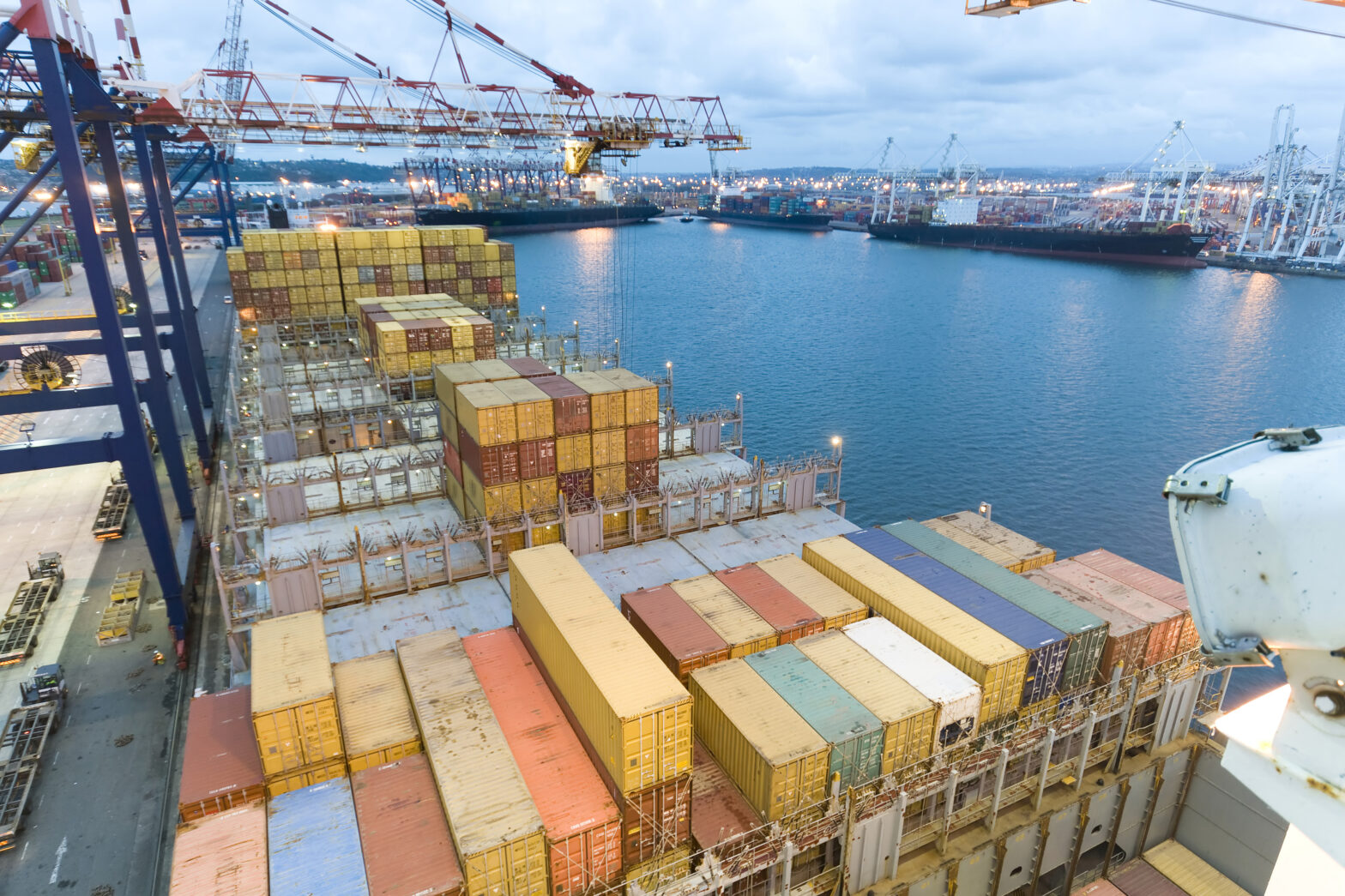It may be the most wonderful time of the year, but, for retailers at least, the Christmas season is also one of the busiest. Indeed, Christmas spending reached £77.56 billion in 2016 in the UK. These seasonal peaks in demand bring with them a unique set of delivery challenges which need to be carefully planned for or retailers risk experiencing delivery problems which could have big reputational knock-on effects. So what do retailers need to do to cash-in rather than crash-out this Christmas?
1. Remember that customer convenience is key
Just as the retail landscape has evolved, so too has the consumer. Today consumers want more than one option of how they receive their goods and offering a sole, standard delivery service is no longer enough. The key with any delivery option is to offer convenience around the consumer. For example, parcel collection shops and parcel lockers are now a common sight across in the UK.
2. Think trackable
As well as flexibility over how they receive their goods, consumers also want to feel in control about when they receive them. With trackable delivery the timing of each stage in the delivery process is recorded enabling the item to be traced at any point from despatch to door. In this way, any processing delays can be easily identified and dealt with.
3. Only make commitments you can keep
Because seasonal peaks place such huge demands on delivery volumes, it’s important that retailers manage their customers’ expectations from the outset when setting delivery aims. It is far better to perhaps extend the delivery commitment in the build up to Christmas by 24/48 hours for Standard Deliveries, than over promise and under deliver.
4. Make returning goods hassle free
Retailers that ignore the returns process do so at their peril. The post-holiday period will result in an estimated £207 million worth of purchases being returned and research by Harris Interactive shows that 85 per cent of customers say they will stop buying from a retailer if the returns process is a hassle. It’s therefore vital that having an easy to implement return system plays a part in retailers’ plans. The returns system also needs to be scaleable so that as the business grows the system can keep pace with increased traffic.
5. Get social media savvy
Dissatisfied customers are just one click away from airing their negative views very publically should delivery standards fail to meet their expectations which can have huge l knock-on effects for retailers’ reputations. Indeed, our research shows almost a quarter (23.5 per cent) of respondents said that they had already used social media to complain about delivery services. To minimise these unwanted outcomes, retailers must be able to respond promptly to customer queries on social media and brief them through any delivery processes.
6. Manage multiple purchases
With an online spend of £24.4 billion during the Christmas period last year, retailers must be prepared for the prospect of multiple purchases per consumer on their sites and consider how to facilitate this. Leaving a specific time window after an order is placed and before the fulfilment process starts, for example, means that customers are able to go back and purchase other items during the day. These can then be incorporated into one package which is more convenient for the customer and reduces shipping costs.
7. Be cost conscious
Cross -border delivery comes with a host of related costs. Retailers must identify these costs and consider how best to minimise them. The key is to identify the most cost effective distributor for each territory and negotiate competitive prices with the postal operators.
8. Think about regulatory compliance
Retailers need to be aware of regulatory compliance when delivering cross-border to ensure they are not caught out. For example, when exporting goods outside of the EU, retailers need to have the appropriate licenses and make export declarations through the National Export System (NES). VAT, import taxes and duties in the destination country, which vary from country to country, also need to be paid.
9. Get to know your markets
It’s also important to bear in mind that customer delivery preferences vary in different territories . In the UK, for example, consumers have displayed a preference for click and collect options, whereas the use of parcel lockers is the preferred method in Germany. Getting to know the markets you’re looking to target is vital and will enable retailers to make sure they are keeping up with customer expectations, wherever they operate.
10. Acknowledge new buying platforms
With the development of buying platforms on Twitter and Pinterest it is important that retailers keep up to date with these latest innovations, judge which ones might fit their business and consider how the delivery and fulfilment process would be affected if implemented.
11. Foster customer loyalty
Recent headlines have brought to the fore the issues both retailers and customers face when delivery doesn’t meet customer service expectations. There is no doubt that seasonal peaks like Christmas put an inordinate amount of pressure on retailers when it comes to deliveries so it is essential to take steps to be prepared. In today’s competitive retail market, customers won’t hesitate to defect to other retailers if they’re not happy with the service they receive so fostering loyalty by offering great customer service is essential.
12. Engage with a third party expert
There are a host of delivery factors that retailers must consider in order to avoid a Christmas crash. A third-party expert with the necessary knowledge, contacts and expertise, can help retailers navigate potential problems by developing a delivery system that is flexible, efficient and equipped to deal with the challenges of the festive season and beyond.
Paul Galpin is managing director of P2P Mailing.





